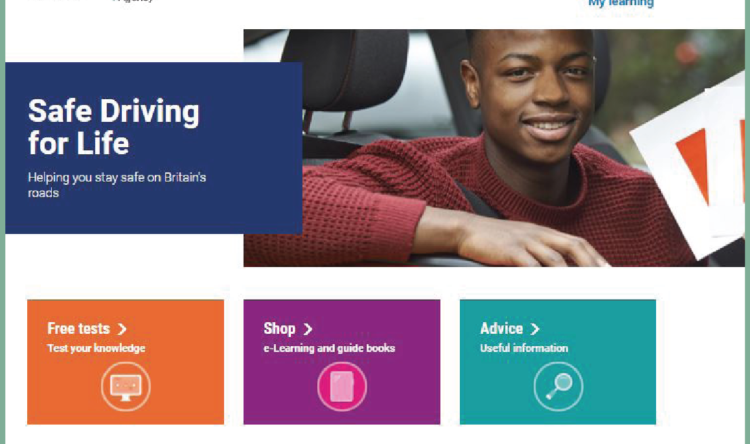Dark winter roads
Drivers lack confidence as the nights close in
For many, this means trying to avoid driving at night, when wet and windy or icy.
Driver training organisation TTC has conducted a survey to discover hat drivers really think of oncoming winter conditions behind the wheel.
Scared of the road
The survey found that early two thirds (62%) of drivers surveyed said they feel intimidated driving on icy roads. Of these, 60% feared snow and over half (54%) generally stormy weather.
“The end of October signals the start of one of the most testing times of the year to be driving,” explains Jim Kirkwood, CEO of TTC. “Our latest research confirms that the majority of drivers lack confidence in adapting to winter conditions”.
“If their job involves driving for work, employees can feel obliged to make a journey. But it shouldn’t be left to them to judge if a journey is necessary if weather conditions are severe.”
When it comes to personal journeys, drivers need to trust their instincts and training nd avoid driving if you lack the confidence and it isn’t completely necessary.
What’s the point
When driving for work, employers need to take a more responsible attitude, according to Kirkwood. They should “give employees clear advice on what is deemed a ‘necessary journey’ to help avoid driving in dangerous conditions,” he says.
This should come with “appropriate training” to ensure they have “the skills to cope with challenging weather”. This all comes under “their duty of care obligations”, and bosses need to be held responsible for this.
Dark and dangerous
According to the TTC survey, it is not only bad weather that is unsettling for drivers in the winter. Shortened days leave 56% struggling with the glare of oncoming headlights when driving in the dark.
More than two-thirds (69%) of those who wear glasses for driving find this intimidating, compared to 45% of those who do not.
Reminding drivers of simple techniques is easy enough and can reinforce driver confidence. This includes turning down the interior lights on a vehicle and how to look after potentially tired eyes.
Pedestrians crossing in the dark as well as cyclists also made drivers nervous, according to the survey. With recent changes to The Highway Code giving pedestrians and cyclists clearer and stronger priority, this is adding to the weight of responsibility behind the wheel. It is also another important area of focus for driver training.
Seeing is believing
“It is understandable that reduced visibility causes stress for drivers,” says Kirkwood. He is calling for companies and businesses to provide clear driving policies and training for working drivers.
“Drivers need to know exactly what their employer expects of them. For example, issuing timely advice if snow is forecast”. He believes the use of virtual working or rearranging important site visits and meetings can make a real difference in driver confidence.
“Additional winter driver training” is also a good idea. Reviewing and updating driver skills is also critical in helping drivers “make reasoned decisions about travel plans and navigate the UK’s roads during the winter months, as well as avoid the cost of an incident.”






